1. Sky-High Property Taxes
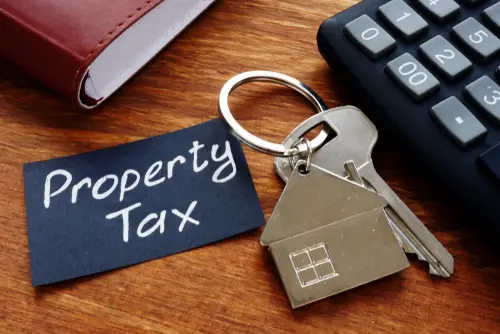
Property taxes on “dream homes” can be shockingly high, especially in affluent neighborhoods. Many buyers underestimate how much these taxes can add to their monthly expenses. Often, property assessments are based on market value, which in high-end areas can increase year after year. You might move in thinking the house is perfect, only to be hit with a hefty tax bill each quarter.
Even if you budgeted for the mortgage, property taxes can disrupt your finances. They’re not just a one-time expense; they recur annually and sometimes more frequently if reassessed. Homeowners sometimes need to appeal assessments or adjust budgets to keep up. It’s an invisible cost that can make a “dream” home feel far less dreamy.
2. Skyrocketing Insurance Premiums

Insuring a luxury home costs significantly more than a standard house. High-value properties require higher coverage, and insurers may charge extra for features like pools or wine cellars. Natural disaster zones can also increase premiums dramatically. You might think insurance is just a minor expense, but in luxury real estate, it’s a major line item.
Additionally, claims can be more complicated in high-end homes. Specialized coverage may be needed for art, jewelry, or rare appliances. Deductibles might also be higher, and repair costs can spike unexpectedly. Skipping over insurance costs in your calculations can turn a dream into a financial headache.
3. Maintenance That Never Ends
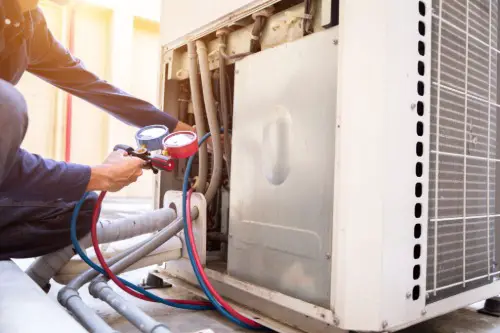
Large homes mean large maintenance responsibilities. From HVAC servicing to landscaping, the upkeep alone can feel like a second mortgage. Older dream homes, in particular, may hide issues like aging roofs, plumbing problems, or outdated electrical systems. Even minor issues can become expensive quickly due to size and complexity.
Routine maintenance isn’t just about fixing problems—it’s about preventing them. Many luxury buyers don’t account for seasonal tasks like gutter cleaning or exterior painting. Labor costs are often higher because specialty contractors are required. Over time, these small recurring expenses add up significantly.
4. Utility Bills That Shock

Big houses come with big utility bills. Heating, cooling, and electricity for multiple floors, pools, or hot tubs can skyrocket monthly expenses. Water bills may also surge due to large lawns or irrigation systems. Even if energy-efficient upgrades are in place, the sheer scale of the home often leads to high consumption.
Seasonal changes can make these costs unpredictable. In summer, air conditioning may run non-stop; in winter, heating a sprawling space is costly. Smart home systems can help, but they’re expensive to install and maintain. Many homeowners are surprised at how much utilities eat into their budgets.
5. HOA Fees and Community Costs
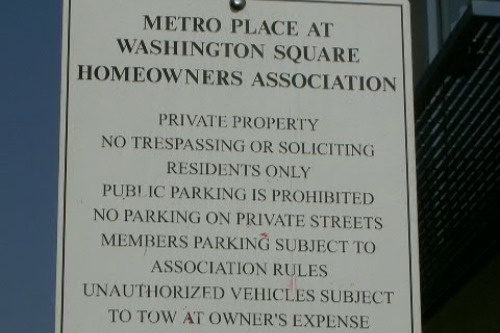
Many upscale neighborhoods require homeowners’ association (HOA) memberships. Fees cover amenities, security, and common-area maintenance, but they can be steep. Some HOAs also impose special assessments for unexpected repairs. It’s easy to overlook these recurring costs until they appear on your statement.
HOA rules can also dictate home improvements and landscaping. Even minor changes may require approval, which limits flexibility. For some, HOA fees rival mortgage payments in certain luxury communities. Ignoring them can lead to budget surprises and frustration.
6. Renovation and Upgrade Temptations
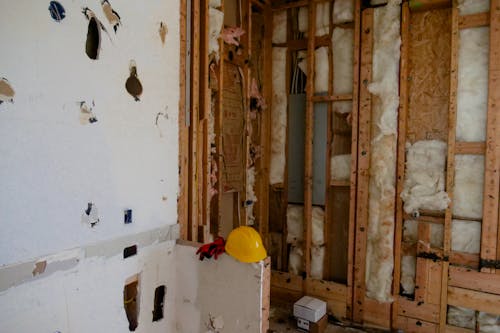
Dream homes often inspire renovation projects. Whether it’s a chef’s kitchen or a spa-like bathroom, the temptation to upgrade can be irresistible. Even small improvements in high-end homes are expensive due to materials and labor costs. What seems like a minor refresh can quickly become a major financial commitment.
These upgrades are rarely optional if you want to maintain property value. Luxury buyers often feel pressure to keep their homes modern and competitive. Failing to invest can affect resale value or neighborhood standing. Renovation costs, both planned and impulsive, quietly inflate your total investment.
7. Furniture That Fits the Space
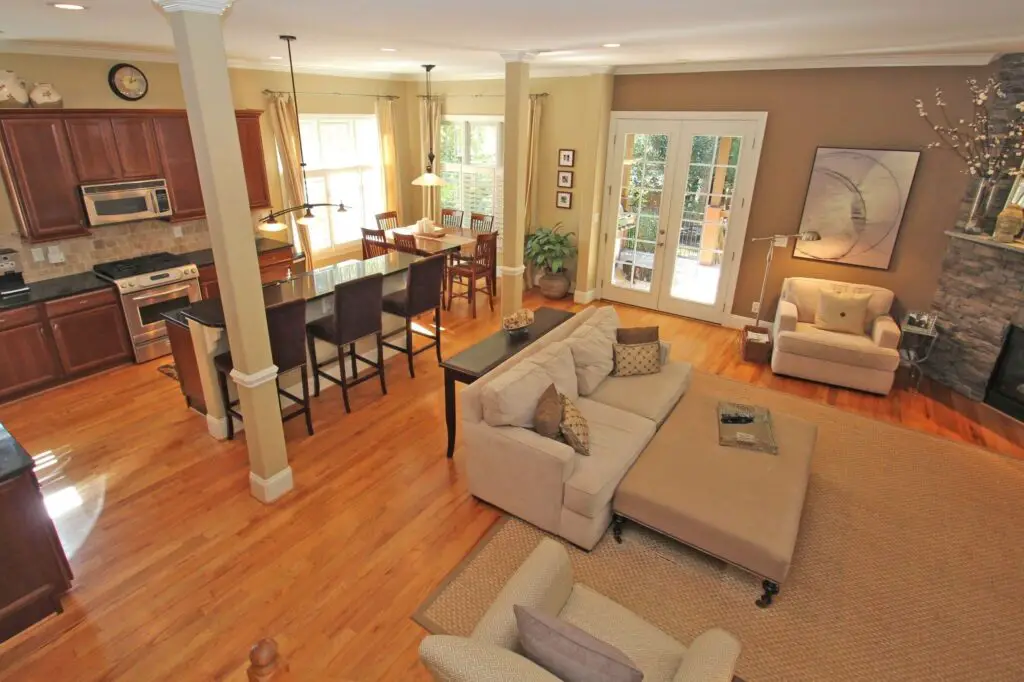
A sprawling living room requires more than your old sofa. Dream homes often necessitate custom or high-end furniture to match scale and style. Standard pieces can look dwarfed, which leads to extra spending. This is an expense many buyers don’t consider until move-in day.
Decorating can also include rugs, lighting, and window treatments. Each room may need carefully chosen items that add up quickly. Even with a moderate budget, furnishing a luxury property is a multi-thousand-dollar endeavor. It’s an ongoing cost if tastes or trends change.
8. Landscaping and Yard Work

Manicured lawns, gardens, and outdoor features aren’t cheap to maintain. Large estates require professionals for mowing, pruning, and pest control. Pool maintenance, irrigation systems, and seasonal plantings further add to expenses. Ignoring these costs can lead to neglected yards and falling property values.
Landscaping isn’t a one-time investment; it’s continuous upkeep. Weather events can require emergency repairs or plant replacements. Fertilizers, equipment, and landscaping staff all add recurring costs. Many buyers underestimate how expensive it is to keep a dream home looking like a showpiece.
9. Pest Control and Wildlife Management
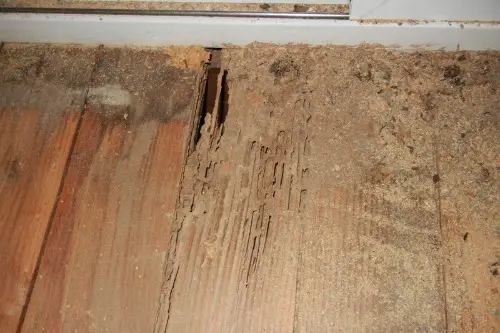
Larger properties attract more than just attention—they attract pests. Termites, rodents, and even deer or raccoons can become expensive problems. Luxury homes with pools, gardens, or wooded surroundings are particularly vulnerable. Ongoing preventive measures and treatments are necessary to avoid costly damage.
Ignoring these costs can compromise both comfort and property value. Pest damage to structures, wiring, or woodwork can be financially devastating. Many buyers don’t account for annual inspections and treatments. It’s an invisible, creeping cost that often surprises first-time luxury homeowners.
10. Security Systems and Safety Measures
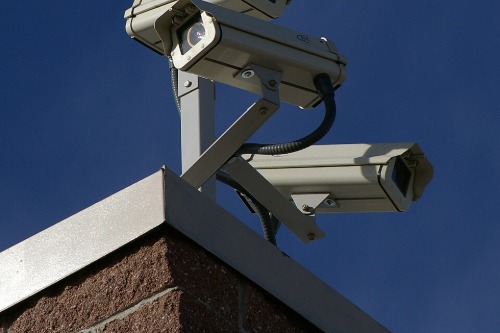
Safety is a major concern in high-end homes. Advanced alarm systems, surveillance cameras, and security guards may be necessary. Insurance companies sometimes require additional security features for coverage. For luxury buyers, security is both a peace-of-mind expense and a financial necessity.
Technology alone doesn’t solve every concern. Ongoing monitoring fees and system updates are recurring costs. Smart locks, gated entry systems, and panic alarms add up quickly. Dream homes can feel unsafe without proper investment in security measures.
11. Seasonal or Climate-Specific Costs

Some dream homes are located in climates that require seasonal preparation. Snow removal, stormproofing, and hurricane protection all come with significant costs. Seasonal changes can also increase utility usage or repair needs. Ignoring these costs can lead to unexpected emergency bills.
Even climate-friendly renovations often carry hefty upfront expenses. Insulated windows, storm shutters, and reinforced roofs aren’t cheap. Homeowners may also need specialized equipment or services. Planning for climate-related costs keeps a dream home sustainable.
12. Moving and Relocation Costs

Moving into a dream home isn’t as simple as packing boxes. High-value items often require professional movers who specialize in luxury goods. Packing, insurance for valuables, and temporary storage all add up quickly. For larger estates, multiple moves may be necessary for furniture placement.
Even “small” moves can become complex. Fragile or oversized items may need custom crating. Specialized movers can cost thousands, even for short distances. Many new owners underestimate how expensive relocating into a dream home can be.
13. Closing Costs and Hidden Legal Fees

Buying a home comes with more than just the purchase price. Title insurance, inspections, legal fees, and loan processing all add up. Luxury homes can involve additional fees due to complex ownership structures or local regulations. Skipping over these costs in initial calculations is a common mistake.
Some fees are negotiable, but others are fixed by law or lender requirements. Escrow, appraisal, and recording fees can quickly reach thousands of dollars. Legal complexities in high-value properties often necessitate specialized attorneys. Dream homes may cost more than you initially imagine before even moving in.
14. Lifestyle Inflation and Maintenance Expectations
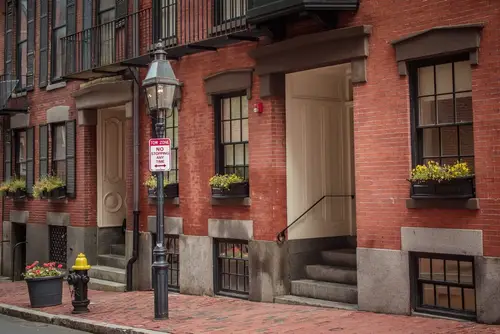
Owning a dream home often comes with lifestyle inflation. Maintaining appearances, hosting events, and keeping up with neighbors can lead to discretionary spending spikes. Even minor lifestyle upgrades become a recurring cost over time. Many owners realize that the “dream” comes with constant financial pressure.
High-end homes also carry social expectations. Pools, gyms, or entertainment spaces must be kept in pristine condition. Not investing in upkeep can affect both comfort and status in certain communities. In essence, the bigger the home, the bigger the lifestyle—and the bigger the ongoing costs.
This post 14 Hidden Costs That Always Come with “Dream Homes” was first published on Greenhouse Black.
